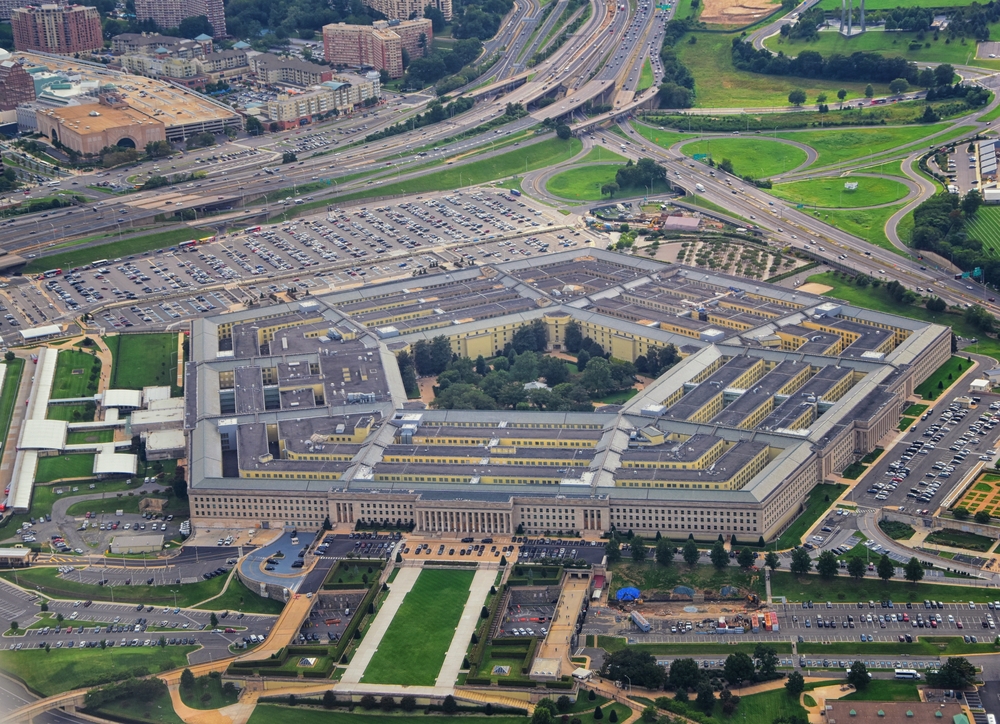
The U.S. Pentagon’s F-35 Joint Program Office recently cleared the way for Raytheon’s Pratt & Whitney sector to resume delivery of new F135 engines for the military’s new Joint Strike Fighters. Roughly a couple of months ago, the project was put on hold because of an anomaly that diverted development.
According to those working on the project, the pause was necessary to address a “rare system phenomenon” affecting what is known as “harmonic resonance” within the engines. Solving this problem should better facilitate the completion of the existing F-35 order. It should also help other jets that may be affected by the same problem.
But while the issue is being addressed, the government has still not cleared the fighter jets for aerial operations. The JPO asserts this is just precautionary, as the Pentagon is developing instructions for the fleet and for Lockheed Martin to resume all flight operations safely. Lockheed Martin, of course, is the manufacturer contracted to build the planes, most of which have been assembled in the company’s main Fort Worth, TX facility.
For example, a test on December 15 resulted in an Air Force pilot prematurely ejecting from an F-35B. As the investigation dragged on, this led to a pause in engine deliveries within the next week. Then, on Feb 9, Rep. Rob Wittman, R-Va, confessed that Air Force engineers had, in fact, identified the associated vibration issues. Indeed, early assessments of the F-35B mishap found a high-pressure fuel tube malfunctioned. It was also concluded that this issue was related to “harmonic resonance.”Fortunately, a simple solution quickly resolved it.
At the end of the day, JPO only grounded a small percentage of the existing fleet, specifically those at higher risk of an engine problem. Furthermore, Lockheed is still building these aircraft. However, they are storing them until they can be cleared for full flight operations.
